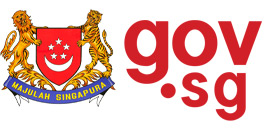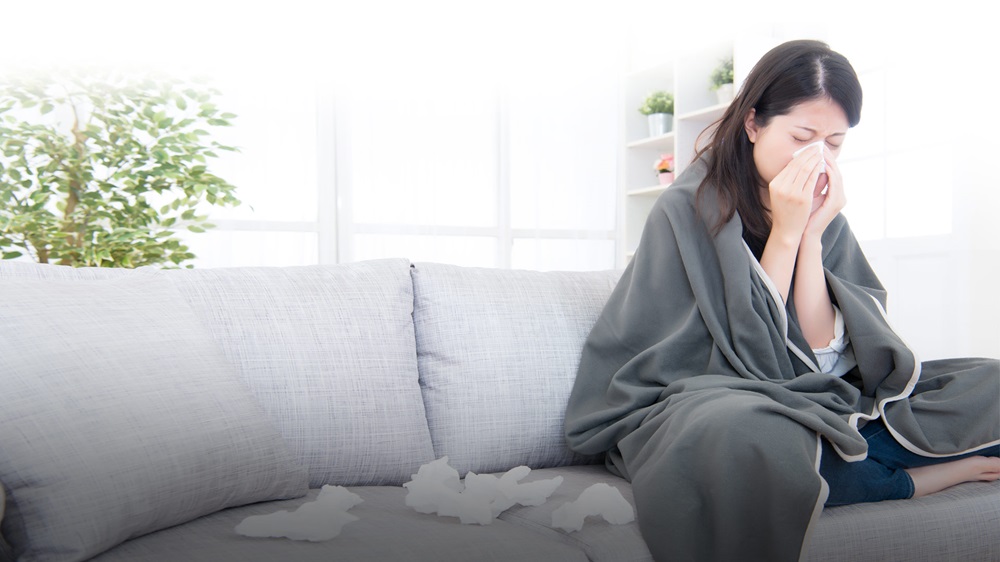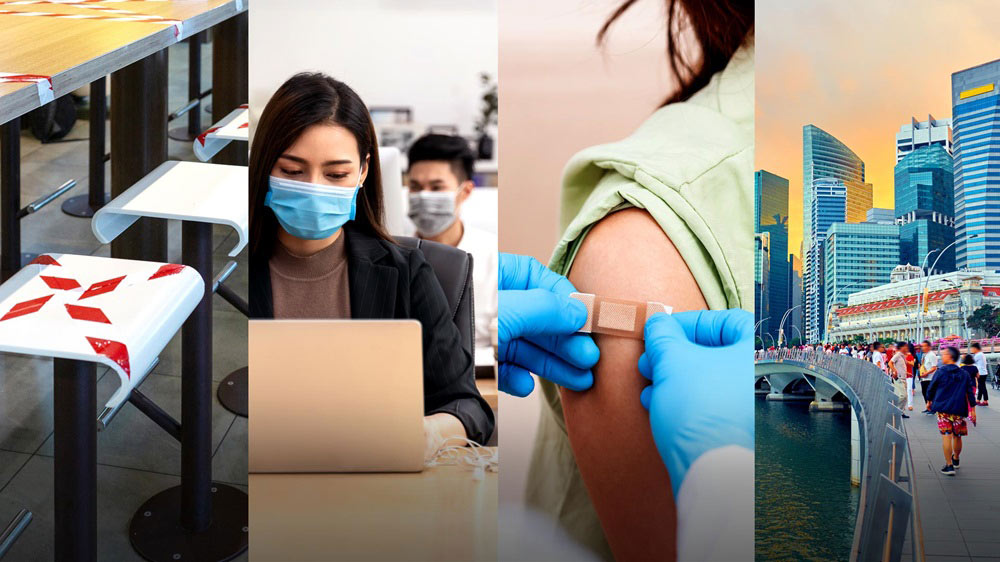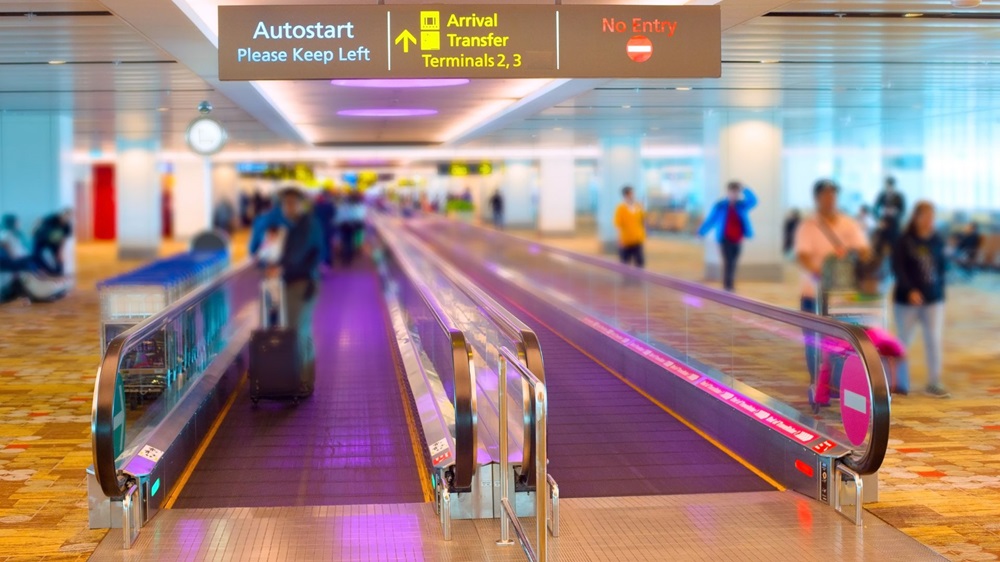

[Updated as of 4 April]
With the announcement of the COVID-19 Circuit Breaker, activities at non-essential workplace premises are suspended from 7 April 2020 until 4 May 2020. For more information, click here.
===
Safe distancing is one way to limit the spread of COVID-19. Everyone, at the individual, company and national level has a role to play.
A range of safe distancing measures have been implemented at public venues, F&B establishments, attractions, as well as at events and gatherings.
Employers and employees all need to do their part in keeping workplaces safe – review processes and interactions so as to reduce close physical interaction amongst your colleagues.
MOM and MOH will take enforcement actions against employers who do not implement safe distancing measures, including ordering employers or occupiers to cease operations until the measures are put in place.
Here are some precautions and measures that can be taken:
Implement Business Continuity Plans (BCPs)
BCPS should be implemented where feasible, to minimise disruptions to business operations and ensure that businesses remain viable during the outbreak.
Teams can be split so that some work from home, while others work in the office to minimise interaction.
Get familiar with your company’s BCPs and comply with them during this period.
Besides minimising the health risk to employees, BCPs also minimise the risk of the workplace becoming a node of transmission.
Another aspect of BCPs is to ensure that plans are in place if you, or your colleagues were to go on a Leave of Absence, be quarantined or get infected.
There should also be workflows for visitor screening, managing an unwell employee, and contact tracing in the case of a suspected case at the workplace.
Reduce physical interaction
Telecommuting and video conferencing are encouraged during these times. Special attention should be paid to vulnerable employees (eg. the elderly, pregnant, and those with underlying medical conditions) to enable them to work from home. Employers may review work processes and the IT equipment and facilities required.
Meanwhile, you can look into whether that face-to-face meeting is truly needed, and see how the number of attendees can be reduced and the duration shortened.
Work stations and seats in meeting rooms should be spaced at least 1 metre apart. Do urge your colleagues to comply with your company’s new seating arrangements.
The same safe distancing measures should also apply to common spaces, such as entrances and exits, lifts, canteens and pantries. Maintain the 1pm physical spacing during informal discussions with your colleagues.
Stagger working hours
Staggered working hours can be implemented to reduce the possible congregation of employees at common spaces such as lifts and pantries. This would also allow employees to commute during off-peak hours.
For instance, explore how people can report to work at one-hour intervals between 7.30am and 10.30am, with corresponding staggered timings when ending work. Lunch and other breaktimes can be staggered too.
Implement/enhance shift arrangements
If the workplace setting is suitable, employers can consider deploying employees in shifts.
Separate employees on different shifts, by implementing human traffic management measures and stepping up the cleaning of common areas during shift changeovers.
Defer non-critical events, scale down critical ones
There may be other workplace activities which involve close and prolonged contact among employees. Those not critical to business operations – such as welfare activities, or celebratory festivities –should be deferred.
Social gatherings, such as birthday celebrations, should be kept to no more than 10 persons at any one time, with safe distancing measures in place.
Temperature/health screening, online registration should be implemented, and ventilation improved where possible. Participants should be reminded to reduce contact with others.
- Employers should clearly communicate and explain the above measures to employees. Unionised companies should engage the union on such arrangements;
- Increase the frequency of cleaning of areas with high human contact, such as common spaces, toilets, lifts and handrails;
- Obtain travel declarations from employees on travel history and upcoming travel plans;
- If employees are on Stay-Home Notice/ Leave of Absence, ensure that they stay away from the workplace. Consider adopting flexible work arrangements to allow these employees to work from home.
- If working from home is not possible, employers are encouraged to provide additional paid leave on top of the employees’ annual leave entitlements, especially if the travel was work-related.
- Eligible employers who provided additional paid leave to employees on LOA/SHN, or treated this period as hospitalisation leave will be able to apply for assistance under the LOA/SHN Support Programme, as well as a foreign worker levy waiver.
| Further advice for employers |
|
| Further advice for employees |
|
We use cookies to tailor your browsing experience. By continuing to use Gov.sg, you accept our use of cookies. To decline cookies at any time, you may adjust your browser settings. Find out more about your cookie preferences here .
